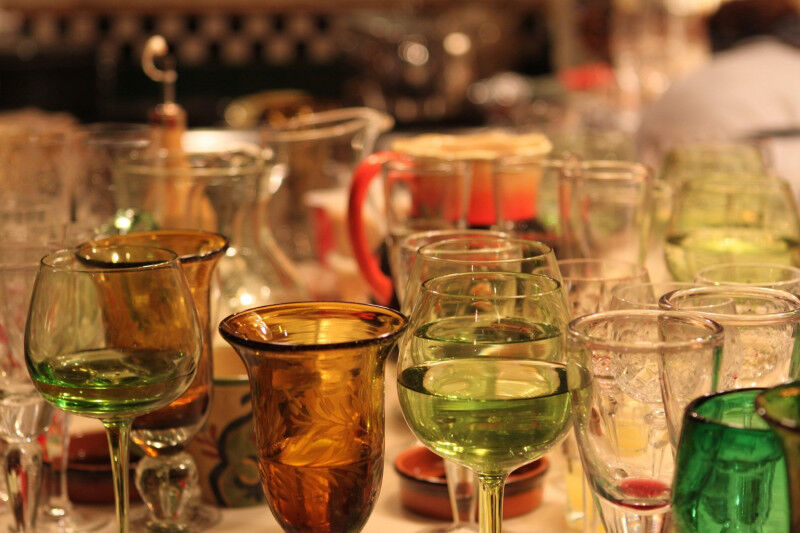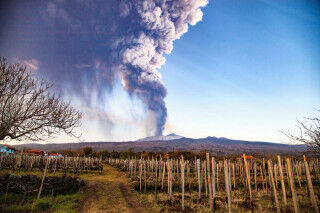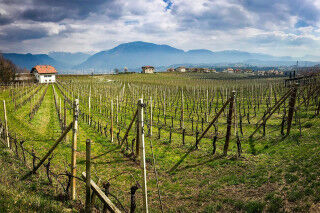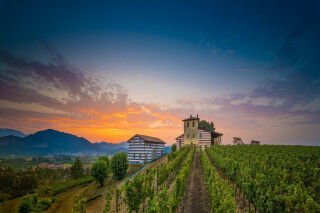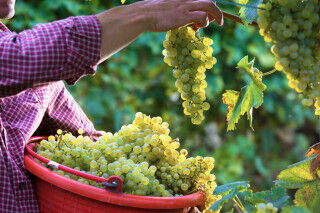I left off in our past article from the development of Venetian glass and the Bohemian leap into the foray of expert glass producers. Moving head, we explore the huge leaps and advancements in the world of glass production, bringing us ever closer to the way we drink today.
The next big leap forward was the discovery of stronger, more resistant English glass. This was produced during the 1600s, when coal replaced wood in the furnaces used to heat glass. Wood was destined for the creation of more warships to protect the Kingdom's territorial and maritime dominance.
While we have learned already that Sir Kenelm Digby was the mastermind behind the stronger glass used to store and age French Champagne, the discovery by English businessman George Ravenscroft that glass could be further improved with the addition of lead oxide became priceless for the development of the stemware industry. The addition of lead oxide made glass clearer, and more resistant during use.
Glass production would remain fairly stable until the Industrial Revolution arrived, making mass production the new norm. Ovens were invented that could run day and night, making the production of glass a more affordable, reliable product - and people kept demand up for stemware, which looked very different from the glasses we use to taste and drink with today.
The style was very ornate, very Victorian, very over-the-top with etchings, knobs, cuttings and all sorts of decorative elements. Have you ever enjoyed movies set in 1800s England? Then you must have enjoyed some of the set pieces, with their over-the-top decorations including heavy, lead crystal glasses that look like they could murder weapons in a game of Clue.
The early 1900s brought about further automation in the United States, and wineglasses and industrial glassware of all sorts began to be produced, once again moving away from its status as an elite, well-to-do household object to being a most common-place, everyday object. Today, there are artisans and specialized producers still making aesthetically pleasing glassware both with new and older technologies. Very few producers still make complete sets or lines by hand, and some producers will also release top-tier lines and innovative shapes to bring the best of the wines directly to your nose and mouth, like Reidel's Sommelier line or Zalto's Universal glasses.
Glassware is now much more streamlined, with less decorative shapes and additions, absolutely crystaline-clear, and more aligned with modern tables rather than their ornate pasts. I know you're thinking about the famous meme with Leonardo di Caprio as Gatsby, guzzling Champagne out of a 1920s Champagne coupe - I'm sorry to tell you that those glasses are woefully passé, and have been exchanged in favor of Champagne flutes, allowing you to enjoy your bubbles for much longer.
So now that we know a bit of history behind wine and glassware, you're probably asking yourself if it’s really necessary to drink wine out of these vessels, or if you can't just enjoy a glass of Cabernet Franc in a glass tumbler. The answer of course, is to do whatever you like and whatever you have handy. In a pinch, I think we've all been guilty of drinking straight from the bottle - or is that just me?
There of course is a science behind modern wine glasses, with specific shapes, compositions and sizes for which they must conform. The primary reason stemware is so specific is in order to deliver the best aromas and the most perfectly-developed wine to your palate and nose. The shape of your glass will have a huge role in this, believe it or not.
In the next segment, we'll dive into the best shapes for your wines, and how these affect your tastes and smells, and why you'll very likely want to follow some guidelines to make the most of your wines.
Be sure to enjoy a good glass with some even better wine this evening!
If you've loved learning about wine glass history, I'm sure you'd like to learn more about what to put in them. Check out the Mamablip wine suggestions and tastings here, as well as how to pair these wines with amazing, easy recipes here.
Stay tuned and sign up below for the Mamablip Newsletter. Stay up to date on all of Mamablip's kitchen and winery secrets that you won't want to miss!
